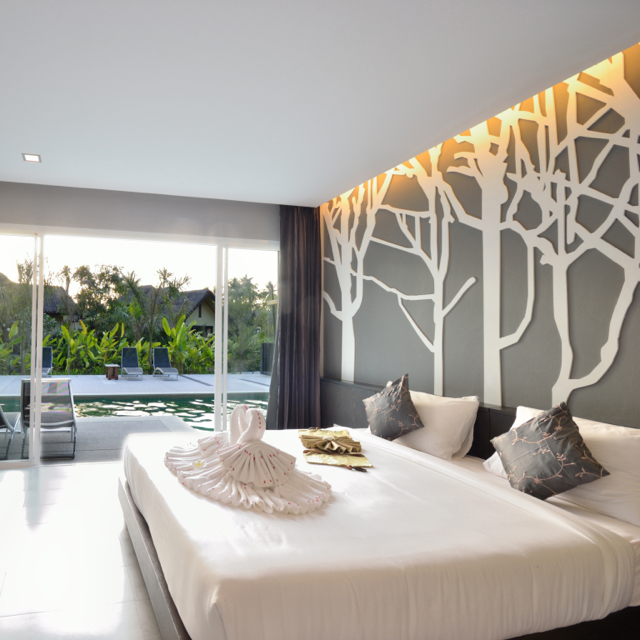
Changes in technology and the preferences of travelers will drive a shift in luxury hotel design in the coming year. The main drivers of change will be a continued push for sustainability, tech takeover of nearly every aspect of hospitality, and the desire of travelers to feel a connection to the locale. As mid-range chains make strong moves toward incorporating elements that have typically been the provenance of luxury hotels, these higher-end properties will really have to work hard to set themselves apart by striving to make every guest experience as personalized as possible.
Technological change of space
In the same way the flatscreen TV changed everything about the way hotel rooms had to be laid out, so too will the smartphone continue to change the hotel lobby. No longer is a large staff behind a counter with a row of computers necessary. Some more radical hotels may start doing away with staff altogether, though this risks a backlash as most travelers still want a human interaction. Still, where a half dozen iPads can replace a whole counter in the lobby, an entire rethinking of the space can happen.
The change in room design will continue as well, fueled by technology and by a focus on total personalization for each guest. Touches like desks that can be easily pulled out by business travelers and hidden away by vacationing couples will become common. Health and wellness areas are also appearing in rooms with yoga mats and blocks being seen more frequently, but these too must hide away when not in use.
A drive toward conservation
The push for sustainability will create its own trends, and inform all others as well. Motion sensors or timers that can shut off lights that aren’t in use will appear in more and more rooms. The energy intensity of air conditioners make them a prime target for this, and the ‘smarthome’ revolution is likely to be embraced by hotels. If a guest’s phone or a chip in the room key can sense when they are leaving and returning, the air conditioning can shut off while they are out but still allow them to return to a cool room.
Two emerging technologies that hold great potential for reducing environmental impact will have a huge influence over design trends in coming years. LED lighting panels are much more efficient and produce less heat than traditional light fixtures, and also offer myriad possibilities for design. While a normal light produces an extremely bright light that needs to be shaded and diffused, LEDs will soon be able to cast a uniform amount of light from a whole panel, whether on the ceiling, walls, or even the floor. They also will feed off of the hotel trend of guest personalization, as their intensity and color can be changed to suit mood, time of day, or task at hand.
The second technology is 3D printing. Some incredible textiles, artworks and furnishings will be able to be created quickly, changed out regularly, and at a fraction of the current cost. They will also be able to be made more locally – even on site – reducing the carbon footprint to near zero. As the technology improves even more, it’s hard to predict where it will go, but the change will doubtlessly be amazing.
Bringing nature in
One of the primary visual design trends we’re seeing is nature being brought inside whenever possible. More and more indoor plants are appearing, and even the most modern designs often feature wood and stone accents. Indoor ponds and waterfalls are on the rise as well. Often, it’s less a case of bringing nature in than blurring the line between indoors and out. This is done through large balconies, floor to ceiling windows, and outdoor baths and showers.
A sense of place
Travelers, particularly those heading to more exotic locales want to feel an emotional connection to the people and environment of the area. Hotels will try to facilitate this in more obvious ways like promoting ethical tours that provide travelers with an immersive experience and give real benefit to the local community. They will also use the subtleties of design to strengthen the sense of place. Using locally-made materials, traditional building techniques, artisanal handicrafts and artworks as accent pieces, and nods to the local environment in building materials all help accomplish this, and make great design sense to boot.
Moving in the right direction
As travelers are ever more conscious of the importance of sustainability, hotels must redesign their concepts to suit these needs. The fast pace of technological change is making this easier than ever. There is no need to sacrifice quality or luxury to be environmentally friendly, and the desire of travelers to have a more local travel experience will continue pushing the hospitality industry to ensure a symbiotic relationship with the local community and environment. These are absolutely the most positive and forward-thinking trends in hotels and hospitality that we’ve ever seen, and it’s fantastic!
